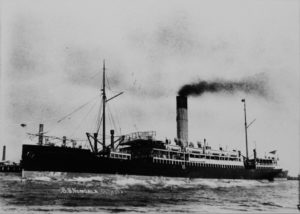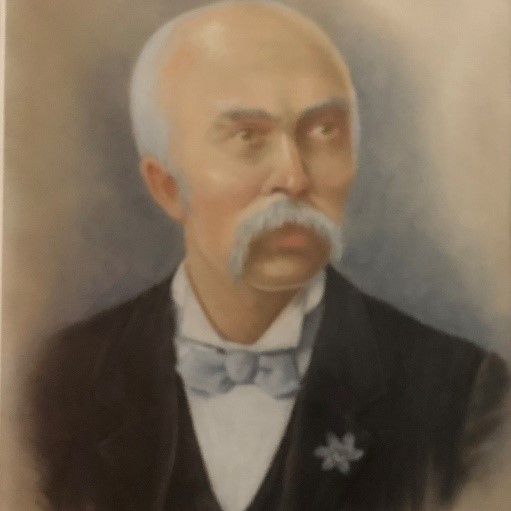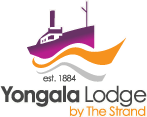Yongala history
About the S.S. Yongala
The ‘SS Yongala’ was a steel passenger and freight steamer built in Newcastle-upon-Tyne, England. She was launched on 29 April 1903, and took up the busy passenger route linking the gold fields of Western Australia with the eastern ports of Adelaide, Melbourne and Sydney.
Following company tradition, the vessel was named after a word in the local Indigenous language; ‘Yongala’ (originally pronounced Yonggluh) which translates to “broad water”, or “broad wide watering place”. It is also the name of the small town Yongala in South Australia.
En route from Melbourne to Cairns the Yongala steamed into a cyclone and sank without a trace south of Townsville, just off Cape Bowling Green, on 23 March 1911. The actual cause of the Yongala’s demise remains a mystery.
One hundred and twenty-two people, all passengers and crew on board, perished in what was considered one of the most tragic incidents in Australian maritime history. There were no survivors. It was only in 1958 that the wreck of the SS Yongala was discovered lying in waters off Townsville and this has since become renowned as an internationally regarded diving and tourist destination.
In 1980, the wreck was declared an historic shipwreck, and is now afforded some legal protection against looting and illicit salvage of any items still onboard the wreck.
Australia’s leading underwater film makers, Ron and Valerie Taylor, say that they have “dived on wrecks all over the world, but the Yongala is by far the best”.

About Yongala Lodge
Yongala Lodge was built in 1884 as a private residence. Its original owner was Mr Matthew Rooney, one of the Rooney brothers, a renowned Townsville mercantile and importing family. A good deal of the timber used for the building’s two storey construction is Oregon pine, imported by Mr. Rooney at great expense. He also provided the timber and construction for the wooden altar at St. Joseph’s Catholic Church (directly across from the Lodge in Fryer Street).
Tragically, Matthew Rooney, his wife and daughter perished when the SS Yongala sank in 1911 thereby forever linking the Lodge with this historical maritime disaster.

Mr. Matthew Rooney
Timeline
After the Rooney’s perished on the SS Yongala, the family of course were devastated. In 1916 the Fryer Street house was leased to matron Katherine Terry, who converted it into the Nestle Private Hospital (renamed Lister Private Hospital by 1919). In 1926 Rooney’s Ltd sold the property, which coincides with its conversion to Lister Flats. Between c.1925 and c.1933, two-storeyed enclosed verandas were added to the southwestern side, and a single-storeyed extension at the rear probably dates to the mid to late 1930s.
In the 1960s, the house was turned into a boarding house. Many walls were placed in the oddest of places to create more rooms. There were 4 flats in total. Two on the ground floor and two on the top floor.
In 1980-81 Peter and Penny Vastiano purchased and restored the old building as close as possible to its original state.
In 1982 the apartments right behind the house were built. The restaurant was also established, being a very famous and prestigious Greek Restaurant.
In 1992 the back block of 8 Motels rooms was added to Yongala Lodge. Their architectural beauty snuggling into one segment of Melton Hill is quite extraordinary.
